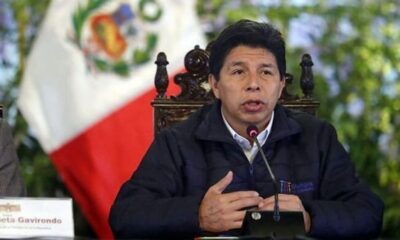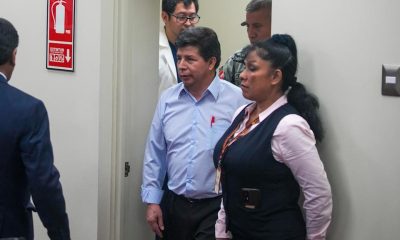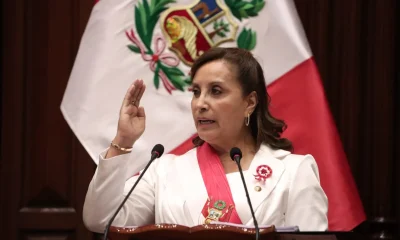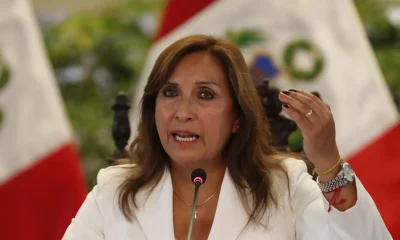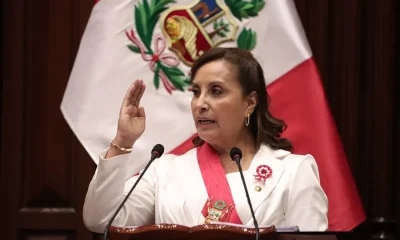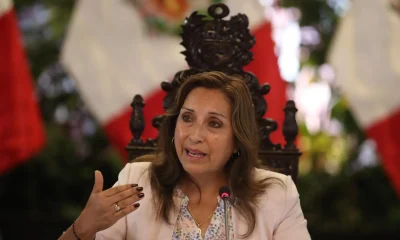International
The boarding school that fights for the future of seven indigenous peoples in the Amazon of Peru
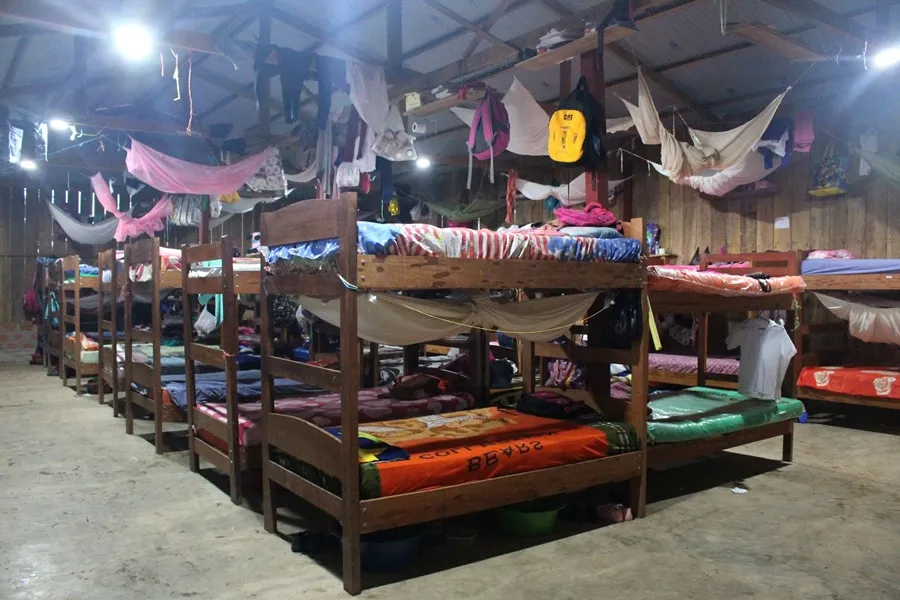
Shirts, pants and backpacks hang from wooden beams in a large room full of old bunk beds in which students from a particular educational center sleep in the heart of the Amazon of Peru. This residence and institute welcomes 248 adolescents of seven ethnic groups who seek to improve their future and, with it, that of their peoples.
The Yankuam Jintia high school (‘Luz en el camino’, in the indigenous language Achuar) is located in San Lorenzo, capital of the Datem del Marañón, and is an option for teenagers who do not have educational centers in their small indigenous communities.
It has teenagers from 12 to 18 years old of the shawi, condoshi, wampis, quechua, awajún, shapra and achuar ethnic groups, from 95 peoples, so the mixture of languages and cultures is breathed in the walls full of murals.
It houses realities of all kinds, from adolescents whose families have decided to give a better education for their children than their community can provide, to those who are orphans or have suffered abuse and did not have a safe home.
“We are always doing shifts so that they are not alone. We are always here with you at all times, they are small who come for the first year at 11 and 12 years old. They are very brave when leaving the family to come to study (…) They need the paternal warmth from us as mother and dad,” the director of the center, Sandra Elizabeth Flores, tells EFE.
He explains to EFE in the courtyard that this place was born as a male boarding school at the initiative of the missionaries of the Sacred Heart of Jesus, who saw 50 years ago the little access that young people in these areas had to education.
“It was seen that our young people didn’t adapt much. There was a little bit of discrimination, because they didn’t master Spanish. Then the students came sad,” says the director, adding that for this reason the boarding school also became an intercultural school that respected the various origins of adolescents.
She adds, proudly, that the center has also been open since 2016 for girls, who are now a little more than half of the total.
“We do a comprehensive job trying to ensure that the children are respected, that the original language is maintained and we are working with a culture of peace,” says Flores.
The residence has an area for girls and a boys’ area, with several rooms per age group, in which some students have their books, hygiene material and glossy shoes tidy, while others keep their muddy slippers next to their toothbrushes.
“The reality in this educational institution, on the one hand, is fun, we share cultures, beliefs, experiences with each other and we make the union as a family, but we lack some basic needs since the institution does not have enough resources,” Jean, a 15-year-old young wampi, representative of the students and whose native community is two days away from the institute, tells EFE.
In the wooden bunk beds, there are no mattresses for some, and there are no pillows or mosquito nets for everyone.
“Like all young people, we also need to have fun and we want tools like balls and poles to go to represent school when we play soccer and be presentable,” he says before adding that he wants to get a scholarship to study Law.
The director shares her frustration by agreeing that the center lacks resources of all kinds, but that every year teenagers who want to enter are left out.
For many, the objective is to get one of the scholarships granted by the Government to students of high performance and scarce economic resources to pursue a university career, so the routine of the institute is focused on studies, which occupy mornings and afternoons.
But Jean admits that there is no computer in the center, a need that has identified a project developed by Unicef and Adra at the Datem del Marañón, which seeks to protect children, adolescents and their access to health services.
“We have worked with them on the issue of communication, their skills and strategies so that they can be able to easily develop, lose their shyness in front of the public when they express themselves or when they want to talk,” says the project coordinator, Lady Mondragón.
They also promoted the creation of ‘spots’ with messages alluding to health care that they have elaborated in the dialects of their native peoples, something that is not usually common since they are usually disseminated in Spanish.
He adds that, through this initiative, they have known the importance of promoting health in their communities, where they will then share them, which also helps to give a voice to these adolescents who live in a rich interculturality.
A project that gives communities a future of a present and a future that emanates from their adolescents.
International
Colombia says it would not reject Maduro asylum request as regional tensions escalate
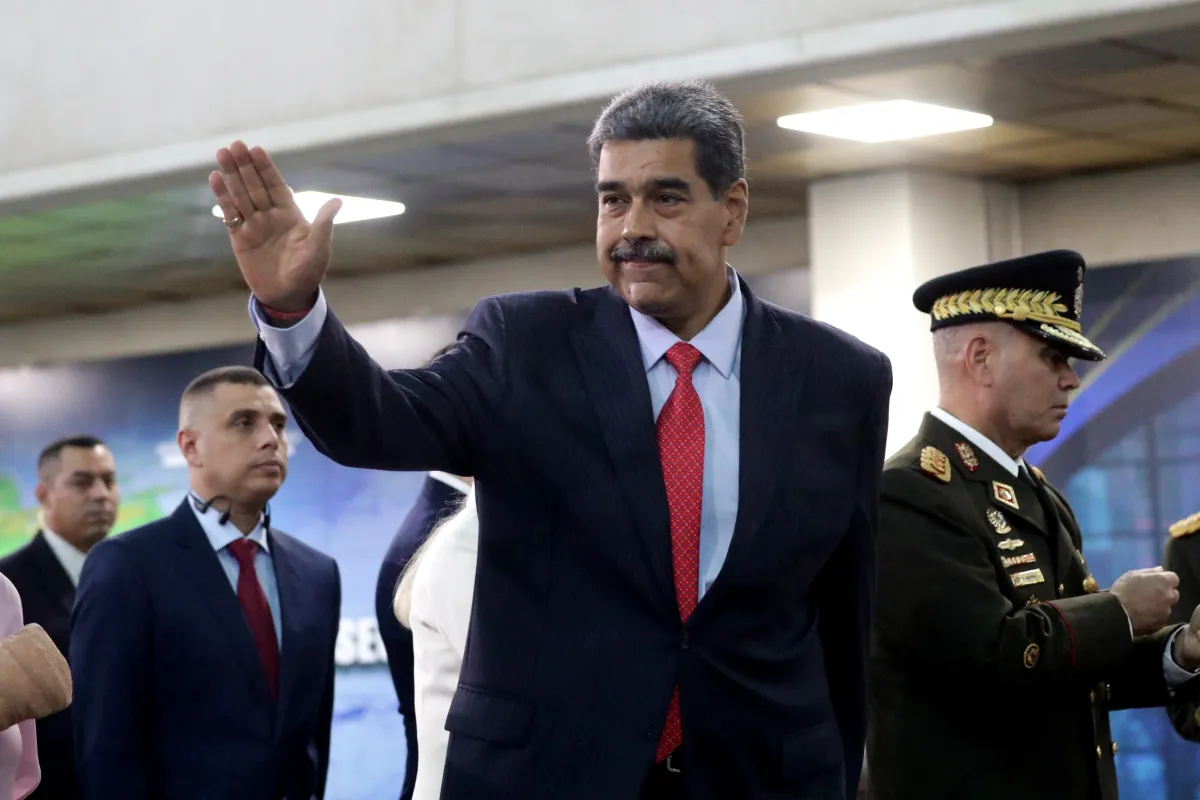
The Colombian government stated on Thursday that it would have no reason to reject a potential asylum request from Venezuelan President Nicolás Maduro should he leave office, as regional tensions persist over the deployment of U.S. military forces in the Caribbean since August.
“In the current climate of tension, negotiations are necessary, and if the United States demands a transition or political change, that is something to be assessed. If such a transition results in him (Maduro) needing to live elsewhere or seek protection, Colombia would have no reason to deny it,” said Colombian Foreign Minister Rosa Villavicencio in an interview with Caracol Radio.
However, Villavicencio noted that it is unlikely Maduro would choose Colombia as a refuge. “I believe he would opt for someplace more distant and calmer,” she added.
Colombian President Gustavo Petro also commented on Venezuela’s situation on Wednesday, arguing that the country needs a “democratic revolution” rather than “inefficient repression.” His remarks followed the recent detention and passport cancellation of Cardinal Baltazar Porras at the Caracas airport.
“The Maduro government must understand that responding to external aggression requires more than military preparations; it requires a democratic revolution. A country is defended with more democracy, not more inefficient repression,” Petro wrote on X (formerly Twitter), in a rare public criticism of the Venezuelan leader.
Petro also called for a general amnesty for political opponents and reiterated his call for forming a broad transitional government to address Venezuela’s prolonged crisis.
Since September, U.S. military forces have destroyed more than 20 vessels allegedly carrying drugs in Caribbean and Pacific waters near Venezuela and Colombia, resulting in over 80 deaths.
U.S. President Donald Trump has repeatedly warned that attacks “inside Venezuela” will begin “soon,” while Maduro has urged Venezuelans to prepare for what he describes as an impending external aggression.
International
Cuba battles out-of-control dengue and chikungunya epidemic as death toll rises to 44
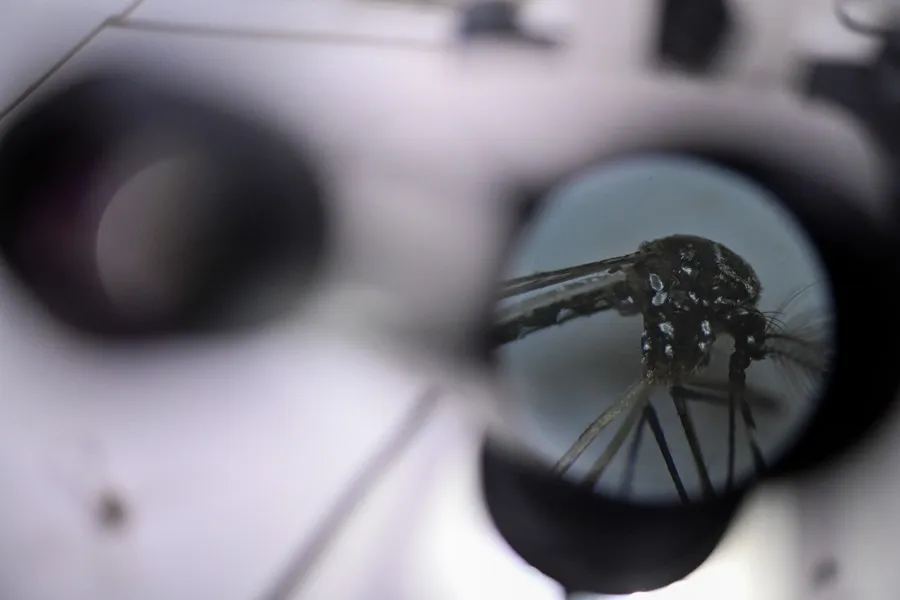
Cuba is facing a severe dengue and chikungunya epidemic that has already claimed at least 44 lives, including 29 minors, according to the Ministry of Public Health (Minsap). The outbreak—now considered out of control—has expanded across the entire country amid a critical shortage of resources to confront the emergency.
Authorities report more than 42,000 chikungunya infections and at least 26,000 dengue cases, though they acknowledge significant underreporting as many patients avoid seeking care in health centers where medicines, supplies, and medical personnel are scarce. The first cluster was detected in July in the city of Matanzas, but the government did not officially use the term “epidemic” until November 12.
Chikungunya—virtually unknown on the island until this year—causes high fever, rashes, fatigue, and severe joint pain that can last for months, leaving thousands temporarily incapacitated. Dengue, endemic to the region, triggers fever, muscle pain, vomiting, and, in severe cases, internal bleeding. Cuba currently has no vaccines available for either virus.
Minsap reports that of the 44 deaths recorded so far, 28 were caused by chikungunya and 16 by dengue.
The health crisis unfolds amid deep economic deterioration, marked by the absence of fumigation campaigns, uncollected garbage, and shortages of medical supplies—conditions that have fueled the spread of the Aedes aegypti mosquito, the primary vector for both diseases. “The healthcare system is overwhelmed,” non-official medical sources acknowledge.
Beyond the health impact, the epidemic is heavily disrupting economic and family life. The intense joint pain caused by chikungunya has led to widespread work absences, while hospital overcrowding has forced relatives to leave their jobs to care for the sick. In November, authorities launched a clinical trial using the Cuban drug Jusvinza to reduce joint pain, though results have not yet been released.
International
Ecuador on track for record violence as homicides hit highest level in Latin America again
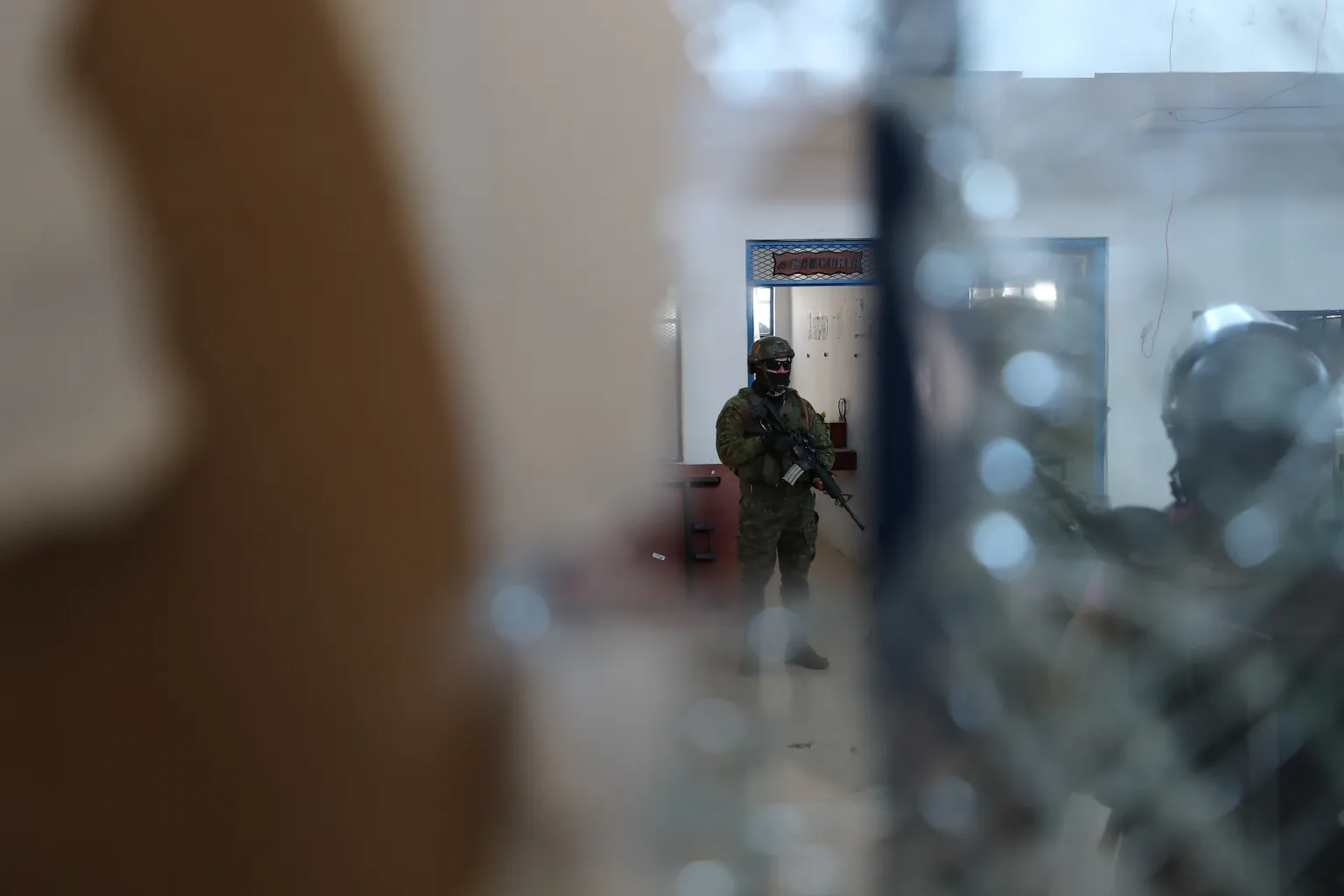
Violence in Ecuador is expected to reach historic levels by the end of 2025, with the country set to record the highest homicide rate in Latin America for the third consecutive year, according to a report released Thursday by the Armed Conflict Location & Event Data Project (ACLED). The organization warns that criminal activity is not only persisting but could worsen in 2026.
Official figures show 7,553 homicides recorded through October, surpassing the 7,063 registered throughout all of 2024. ACLED estimates that 71% of the population was exposed to violent incidents this year, despite President Daniel Noboa’s declaration of an “internal armed conflict” in an attempt to confront powerful criminal groups.
According to the report, several factors are driving the deterioration of security: a territorial war between Los Chonerosand Los Lobos, the two most influential criminal organizations in the country; the fragmentation of other groups after the fall of their leaders; and Ecuador’s expanding role as a strategic hub for regional drug trafficking.
Since 2021, violence has forced the internal displacement of around 132,000 people, while more than 400,000 Ecuadorians — equivalent to 2% of the population — have left the country. Between January and November alone, violent deaths rose 42%, fueled by prison massacres and clashes between rival gangs.
The report warns that conditions may deteriorate further. Ecuador has been added to ACLED’s 2026 Conflict Watchlist, which highlights regions at risk of escalating violence. The expansion of Colombian armed groups such as FARC dissidents and the ELN, state weakness, and a potential rerouting of drug trafficking corridors from the Caribbean to the Pacific intensify the threat.
“The president is facing a wave of violence that shows no signs of easing,” the report concludes.
-
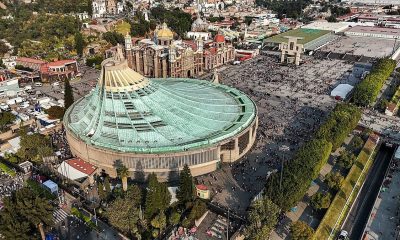
 International3 days ago
International3 days agoMexico City prepares for 13 million pilgrims at Basilica of Guadalupe
-
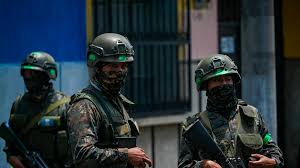
 Central America4 days ago
Central America4 days agoGuatemalan soldier wounded in clash with suspected mexican armed group near border
-

 Central America3 days ago
Central America3 days agoMexico and Guatemala launch joint security operation after Agua Zarca border attack
-

 Central America4 days ago
Central America4 days agoGuatemala reverses asset seizures after judge replacement, benefiting ex-president and former ministers
-
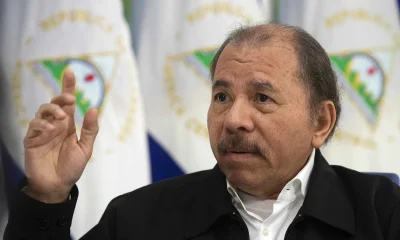
 Central America3 days ago
Central America3 days agoU.S. accuses Ortega regime of systematic human rights abuses in Nicaragua
-
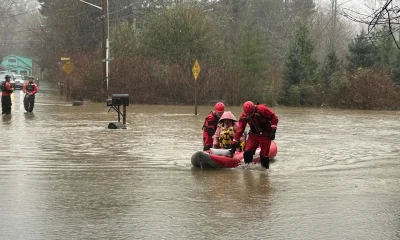
 International2 days ago
International2 days agoWashington declares State of Emergency as atmospheric river brings severe flooding
-

 International2 days ago
International2 days agoU.S. to require five-year social media history from tourists under Visa Waiver Program
-

 Central America3 days ago
Central America3 days agoHonduras’ electoral chief reports ongoing technical issues but says results remain intact
-
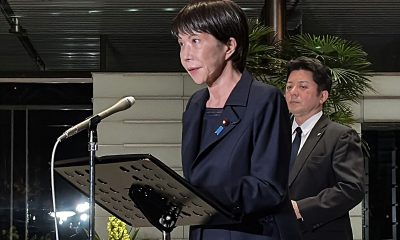
 International4 days ago
International4 days agoJapan lifts tsunami alert after strong 7.6-magnitude earthquake hits northern coast
-
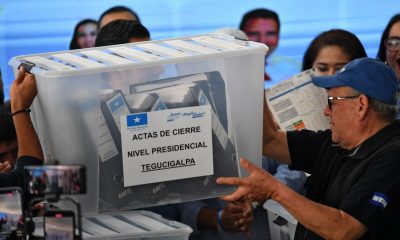
 Central America3 days ago
Central America3 days agoU.S. finds no evidence of fraud in Honduras election despite delays
-

 Central America3 days ago
Central America3 days agoHonduran University: Nullifying elections without proof of fraud undermines popular sovereignty
-
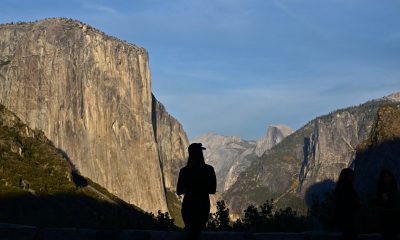
 International4 days ago
International4 days agoInterior Dept. redefines 2026 Patriotic Days, sparking criticism over removed civil rights holidays
-

 Central America3 days ago
Central America3 days agoCNA director says Libre’s defeat stems from “lack of substance,” not messaging
-

 Central America2 days ago
Central America2 days agoOAS and EU urge honduran political actors to respect vote results and avoid unrest
-

 International16 hours ago
International16 hours agoCuba battles out-of-control dengue and chikungunya epidemic as death toll rises to 44
-

 International3 days ago
International3 days agoZelensky meets Pope Leo XIV as review of U.S. peace plan continues
-
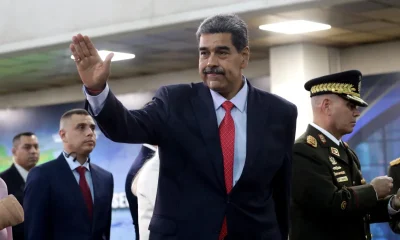
 International16 hours ago
International16 hours agoColombia says it would not reject Maduro asylum request as regional tensions escalate
-

 Central America17 hours ago
Central America17 hours agoHonduras election crisis deepens as CNE president denounces intimidation attempts
-
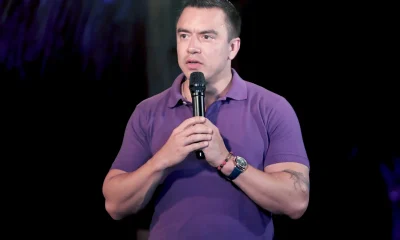
 International2 days ago
International2 days agoSix ecuadorian soldiers jailed pending trial for alleged extrajudicial execution
-
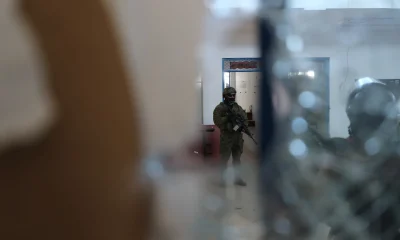
 International17 hours ago
International17 hours agoEcuador on track for record violence as homicides hit highest level in Latin America again

























